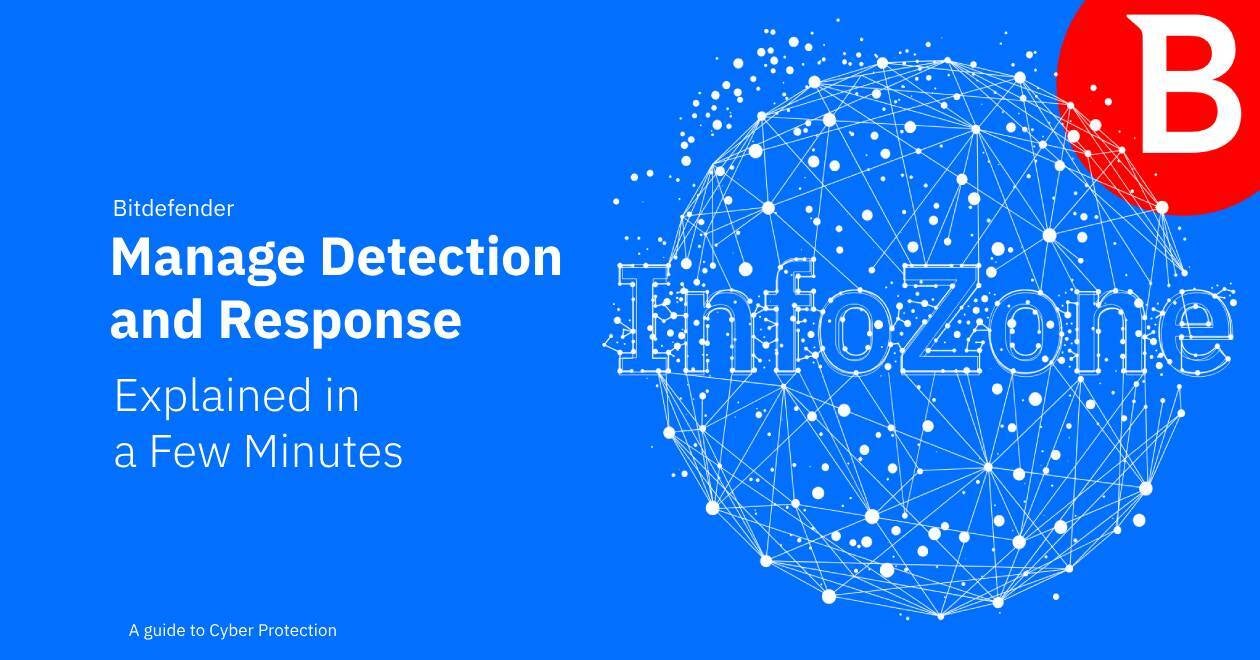For management teams, the decision to integrate Manage Detection and Response is driven by its ability to deliver significant benefits, enhancing both the effectiveness and efficiency of their cybersecurity efforts. Here are the key benefits:
· Operational Efficiency: MDR optimizes security operations, significantly reducing the workload on internal teams. By integrating various security functions into a cohesive system, these services streamline the process of identifying, assessing, and mitigating threats, freeing up internal resources and allowing them to focus on other critical business operations.
· Faster Detection and Response: By leveraging advanced analytics and automated processes, MDR services can quickly identify threats and initiate a response, limiting the potential impact and ensuring business continuity.
· Security Posture Enhancement: MDR doesn’t just respond to threats as they arise but also enhances the organization's ability to predict and prepare for potential future cybersecurity challenges.
· Scalability and Flexibility: MDR services are scalable, making them suitable for businesses of all sizes. They can adapt to the evolving needs of an organization, for instance, when operations are scaling up, adjusting to new technologies, or expanding into new markets.
· Cost-Effectiveness: Implementing MDR can be a cost-effective solution, especially for SMBs. It often offers access to top-tier security resources and expertise at a fraction of the cost of building and maintaining an internal team.
· Access to Advanced Technologies and Expertise: Related to the previous point, MDR services offer organizations access to cutting-edge tools and the high-level skill set necessary to operate them without the need for substantial investments in technology and training.
· Enhanced Compliance and Risk Management: By providing expert guidance and ensuring that security measures meet industry and legal requirements, these services reduce the risk of non-compliance and the associated financial and reputational consequences.

